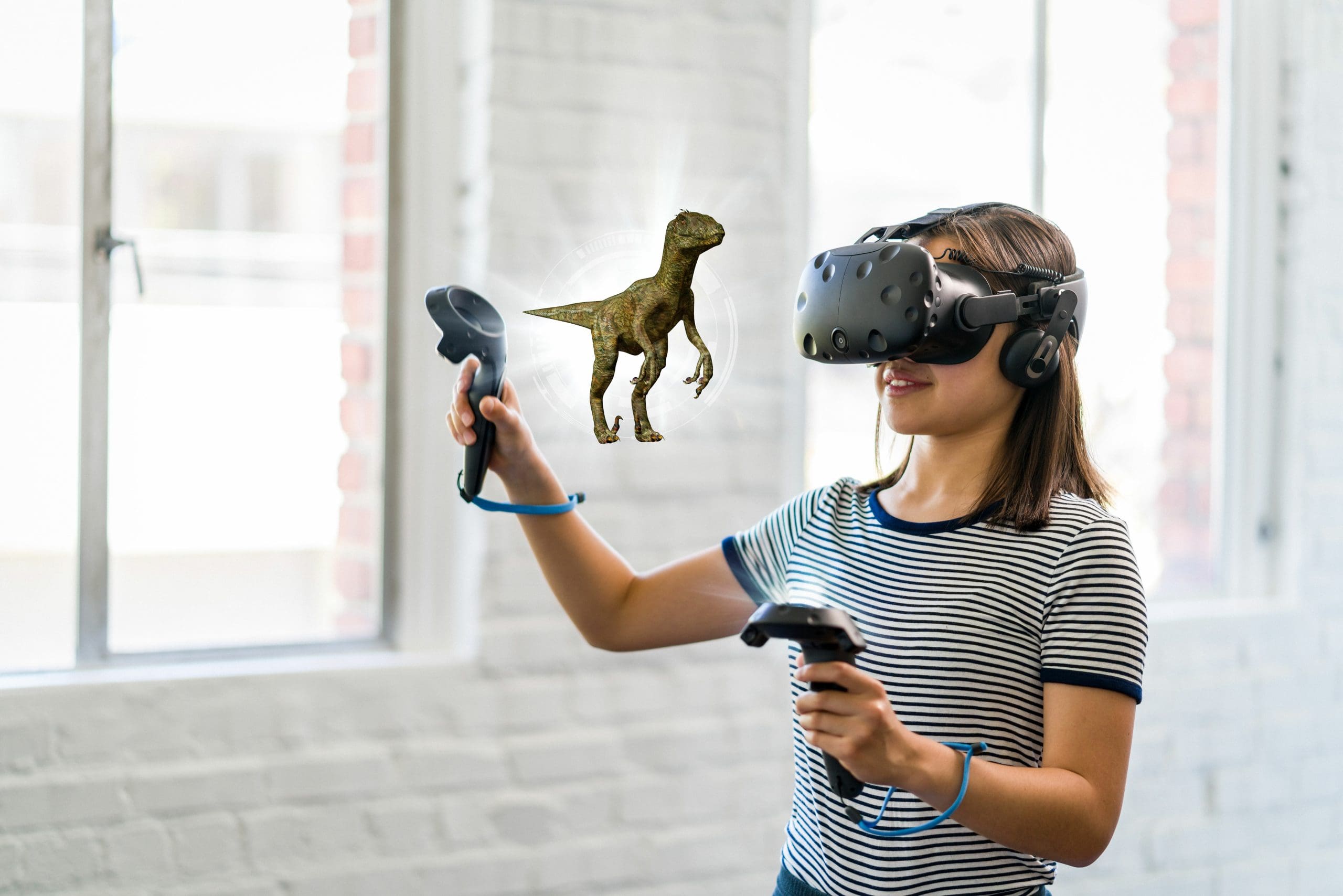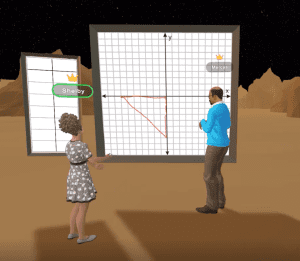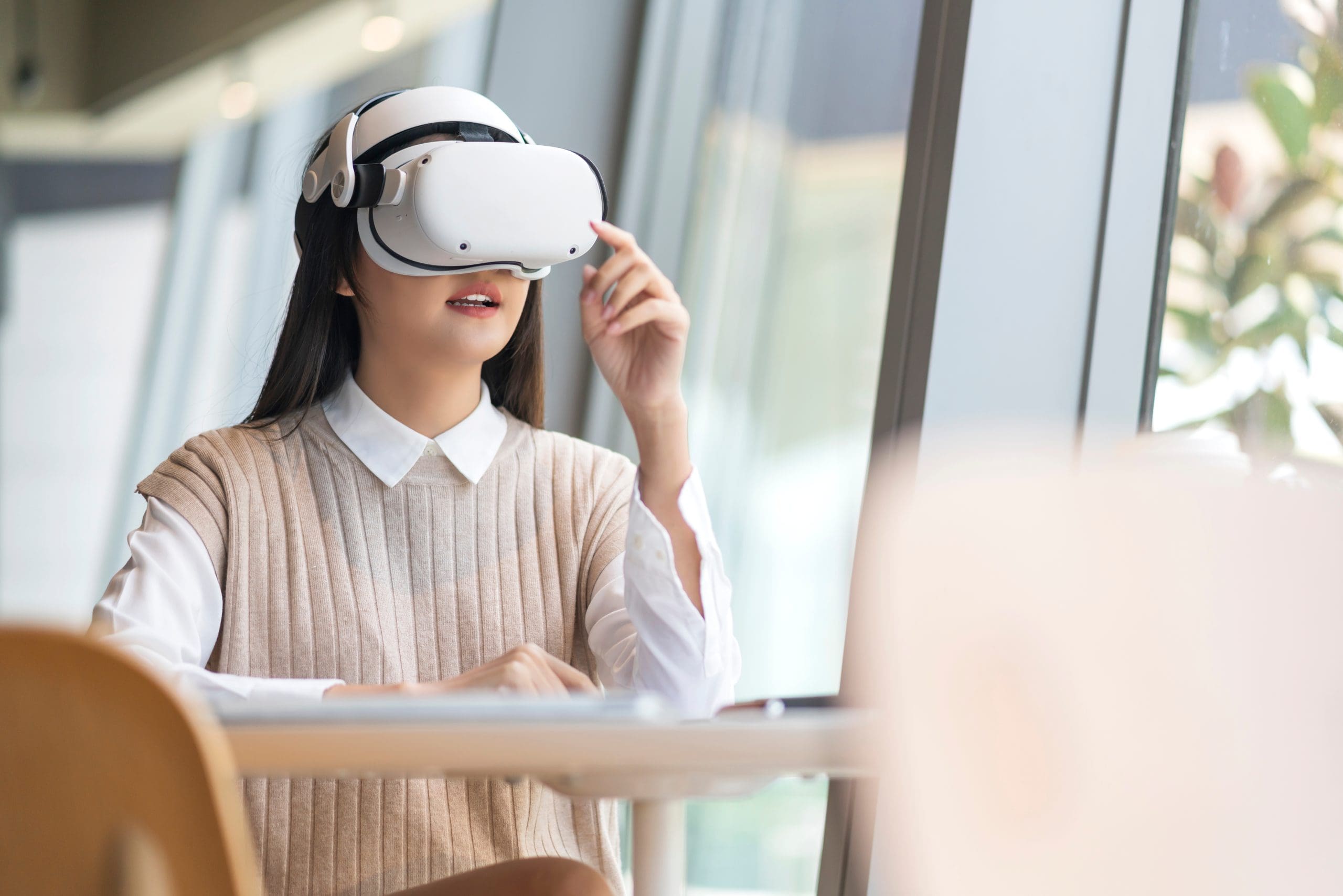
Why Educational Innovation Is Shifting from Screens to Spaces
 For the past two decades, digital learning has largely meant screen time—laptops, tablets, and touchscreens delivering lessons through flat, two-dimensional content. But in today’s rapidly evolving educational landscape, that paradigm is shifting. The future of learning is no longer confined to screens—it’s expanding into immersive spaces.
For the past two decades, digital learning has largely meant screen time—laptops, tablets, and touchscreens delivering lessons through flat, two-dimensional content. But in today’s rapidly evolving educational landscape, that paradigm is shifting. The future of learning is no longer confined to screens—it’s expanding into immersive spaces.
Thanks to innovations in XR (extended reality), virtual reality (VR), and spatial computing, students are stepping into learning environments, not just viewing them. These spaces—both virtual and hybrid—are reshaping how students engage with content, how teachers deliver instruction, and how schools envision the classroom of tomorrow.
Here’s why the future of educational innovation lies in spatial experiences—not static screens.
1. Immersive Spaces Engage the Whole Learner
Screens often limit learning to the visual and auditory. Spatial learning environments, however, engage multiple senses, cognitive domains, and physical movement. Whether walking through Ancient Rome in VR or assembling molecules with 3D holograms, students interact with content in a way that promotes deeper understanding and retention.
By activating the body and brain together, immersive environments foster experiential learning—turning abstract ideas into tangible experiences.
2. From Passive Viewing to Active Participation
In traditional e-learning, students are often consumers of content. In immersive spaces, they become participants.
Instead of watching a science experiment, students perform it. Instead of reading about ecosystems, they explore them—moving through rainforests, observing wildlife, and interacting with environmental changes in real time. This shift from passive to active learning increases motivation, curiosity, and student agency.
3. Learning Spaces Can Now Be Anywhere
Immersive learning dissolves the walls of the traditional classroom. With XR, a gym can become a chemistry lab. A bedroom can become a battlefield from the Revolutionary War. A rural school can access the same high-impact educational experiences as a top-tier urban institution.
This shift to spatial computing democratizes access to quality education—especially for underserved and remote learners.
4. Spatial Environments Enhance Collaboration
 Virtual spaces support collaborative learning in powerful new ways. Students can join the same virtual room from anywhere in the world, manipulate 3D models together, conduct virtual labs, or role-play historical events in real time.
Virtual spaces support collaborative learning in powerful new ways. Students can join the same virtual room from anywhere in the world, manipulate 3D models together, conduct virtual labs, or role-play historical events in real time.
These shared environments promote communication, problem-solving, and teamwork—21st-century skills essential for today’s learners and tomorrow’s workforce.
5. The Research Is Clear: Presence Improves Learning
Studies show that immersive environments increase student presence—the psychological sense of “being there.” This sense of presence leads to higher engagement, lower cognitive load, and better knowledge transfer compared to traditional digital learning.
By designing learning spaces instead of just screen-based content, educators can make instruction more memorable, meaningful, and effective.
Looking Ahead: A New Dimension of Learning
As education continues to evolve, one thing is becoming clear: the future isn’t flat. It’s immersive, interactive, and multidimensional. Screens served their purpose—but now, students are ready to step beyond them.
Immersive spaces powered by XR and spatial computing are creating opportunities to experience knowledge, not just observe it. Lessons come to life, abstract concepts become tangible, and learners are placed at the center of their own educational journey.
At OptimaXR, we’re helping schools reimagine what learning can look like—whether it’s walking through ancient civilizations, exploring the human body from the inside out, or collaborating in virtual labs from anywhere in the world.
The shift from screens to spaces isn’t just a trend—it’s the next leap forward in how we teach, learn, and connect.





